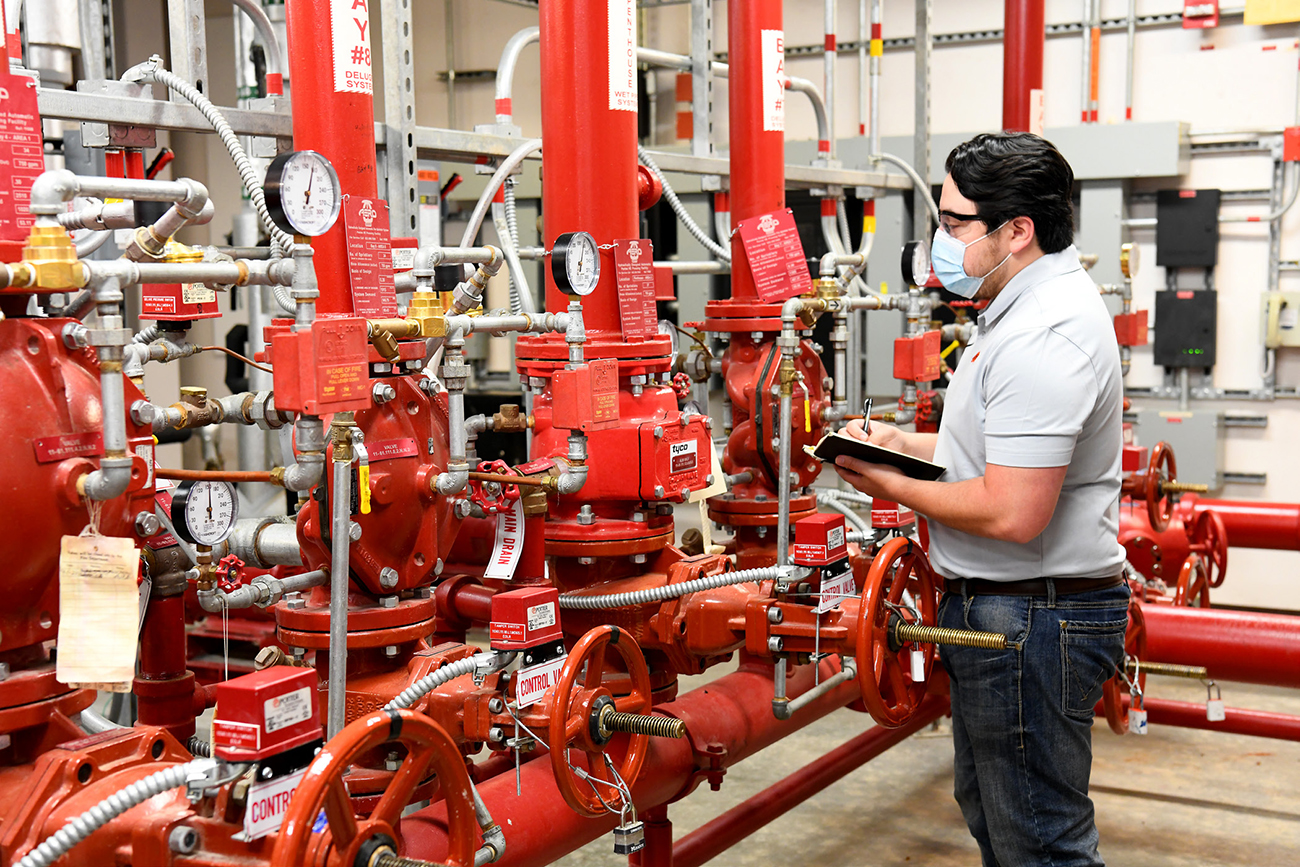Fire safety is a vital aspect of safeguarding both lives and property. Whether it’s a comfortable home, a thriving business, or a bustling restaurant, the possible risks associated with fire cannot be ignored. By grasping the fundamental principles of fire safety and implementing the correct measures, you can transform the threat of fire into preparedness, creating a more secure environment for all. This thorough guide will cover key fire safety tips, highlight the significance of regular drills and preparedness, and explore common hazards that may lurk in your surroundings.
Moreover, we will delve into effective strategies for fire prevention and response, including the value of smoke alarms, the functionality of fire suppression systems, and how to properly maintain fire safety equipment. As we journey through various sectors such as medical facilities, education, and tall structures, we will stress the collective duty each of us holds in creating a climate of safety. From understanding Fire Design Consultants in technology to being aware of the regulations and standards that govern fire safety, this article aims to provide you with the insight needed to mitigate risks and enhance preparedness against possible fire threats.
#### Vital Fire Protection Guidelines

Fire prevention stands as a critical aspect of defending your home plus business. A of the crucial measures involves to install plus periodically check smoke detectors. Make sure to install smoke alarms on every level of your house & near sleeping areas. Testing the detectors every month each month plus replacing the cells a minimum of one time a year guarantees they stay functional if required. Remember that smoke alarms possess a lifespan of around ten years, therefore they should be swapped when they expire to maintain maximum security.
An additional key recommendation is developing establish & practice a evacuation strategy. This plan needs to feature no less than a pair of ways out from all space & a specific assembly point outside the building. Regular practice sessions aid familiarize everyone with the procedure plus prepare them to respond quickly in the instance of any fire situation. For companies, educating workers regarding their roles during a flame improves protection & minimize fear in actual situations.
Additionally, understanding typical hazardous conditions plus taking safety precautions is essential. Keep Fire Design Consultants from high temperatures, avoid exceeding the capacity of power sockets, & confirm that appliances remain in proper shape. Consistently check plus upkeep your safety gear, such as fire extinguishers & automatic fire suppression systems, to make certain function effectively. Taking these proactive steps considerably reduce the danger of fires while enhancing overall security for the workplace & business.
Creating Effective Fire Evacuation Strategies
Developing an impactful fire escape plan is crucial for ensuring the protection of all individuals in your residence or place of work during an incident. The primary step is to identify all possible escape routes, such as doors and windows, and ensure they are readily reachable. It is important to consider the mobility needs of all individuals, such as those who may require support during an evacuation. Marking these escape routes on a simple floor plan can help everyone know the best routes to safety.
Once exits are established, it is important to select a designated meeting point away from the building where everyone can gather after escaping. Choose a site that is a secure space away from the building, facilitating emergency services to do their job without obstruction. Communicate this rendezvous spot to all involved and verify that they know to go there directly after exiting. Reassure Fire Safety Engineer that they should not re-enter the building under any circumstances until it is declared safe by emergency workers.
Frequently practicing your fire escape plan through drills is crucial for preparedness. Conduct these exercises at minimum twice a year to help all individuals become familiar with the exit paths and meeting point. Encourage participants to move quickly but calmly, and highlight the need of scanning for smoke and heat before opening doors. By practicing these procedures, you boost the likelihood that all individuals will react effectively in a true crisis, turning a possibly chaotic scenario into an organized evacuation.
Grasping Fire Safety Regulations
Fire safety regulations are vital to ensuring the safety of both individuals and property. These regulations are created to minimize the threats of fire and outline the obligations of building owners and occupants. They cover a multitude of requirements, including the installation and upkeep of fire alarm systems, smoke detectors, and fire suppression systems. Comprehending these regulations assists businesses and homeowners adhere with local laws and standards, ultimately contributing to a safer environment.
Furthermore, organizations must be mindful of the different fire safety standards established by authorities such as the National Fire Protection Association (NFPA) and the Occupational Safety and Health Administration (OSHA). These codes provide instructions on everything from fire escapes and emergency exits to fire extinguisher placement and maintenance. Regular evaluations and updates to these codes reflect developments in fire safety technology and practices, making it important for businesses to stay informed and adapt their procedures accordingly.
Inability to comply to fire safety regulations can result in grave consequences, including fines, insurance claims, and in the worst case, loss of life. Regular fire safety inspections are necessary, serving as a means to assess compliance and identify potential hazards. Proactively tackling any shortcomings not only enhances safety but also fosters a culture of responsibility within the workplace or home, making sure that everyone understands the significance of fire safety.
